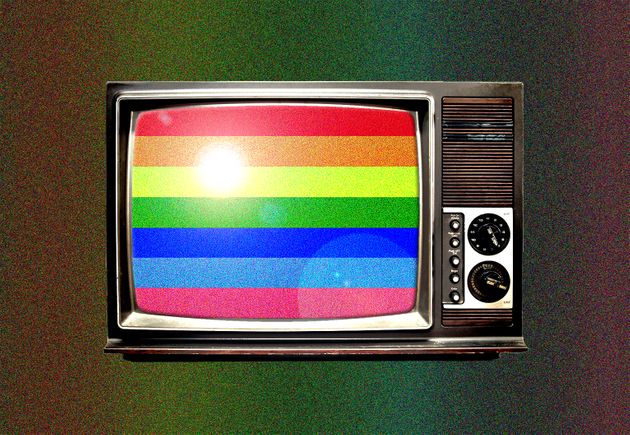Steffanie Kollatos | Contributor
Featured Image: The media portrays queer women in a misrepresented light. | Courtesy of Huffpost
On International Women’s Day, it is time to take a critical look at how queer women are represented in the media and just how damaging that can be. Women in general are overly sexualized in all forms of media, which is often dehumanizing and degrading.
Media depictions of women’s sexuality are often one dimensional and more about their partner’s pleasure than their own. It simplifies women into body parts, and often eroticizes violence against women.
They’re frequently depicted as white, cis-gendered, able-bodied, straight, and thin. These characteristics create increasingly problematic expectations for women, not to mention being racist, ableist, transphobic, heterosexist, and fatphobic.
In our culture it is still prevalent for women’s sexuality to be seen as something belonging to men. When it comes to sex, women are expected to look sexy, be sexual, and have sex, but only for the benefit of men.
Female queerness challenges this norm. Women loving other women are not doing so for men. Yet most media depictions of lesbians, or bisexual women, are more about appealing to male viewers than to actual queer women. Even in magazines, female queerness is exploited for advertisement. Ads use imagery of women in sexualized situations that are scandalous enough to be sexualized, yet distant enough that they seem inviting to men.
On television, female queerness is even used as a tactic to get viewership by featuring a lesbian kiss in the finale week. Almost all the depictions of queer women in the media reduce our relationships to sex, and a lot of these depictions show queer women in sexual situations with men. Bisexual women depicted in media are frequently questioning their sexuality and are almost always with men. The way the media portrays queer women sometimes has an underlying feeling of their sexuality being temporary, as if female queer relationships are not valid.
These troubling societal misconceptions about female sexuality, and female queerness, are only made worse by depictions of lesbians in pornography. Lesbian porn is made largely by men for men and is not a proper depiction of queer sexuality. With lesbian and bisexual women being depicted in this manner, it can become dangerous very quickly.
Aside from the harm of under-representation on the formation of identities, these expressions of what queer women supposedly are give the impression that queer sexuality and identity is for men.
Editorial magazines depict women waiting for a man, lesbian porn performs queer sexuality, and movies about queer women still reduce them to objects. Female queerness isn’t taken seriously in its portrayal in the media; this can have severe outcomes in the form of “corrective” sexual and physical assault.
There seems to be an emerging commercialization of queerness. Media is more than okay with co-opting style, slang, art, and whole identities from queers of colour for monetary gain. Yet queer women, and especially queer women of colour, are not depicted in realistic ways. There have been significant queer movies that have made headlines and even won awards in recent years. Despite this, queer women have yet to have mainstream media depicting what being a queer woman is like accurately, that isn’t from the male gaze.
Female queerness is a multi-dimensional experience that goes far beyond the bedroom — queerness is more than who we have sex with. It is the responsibility of the media to create characters that are genuine to real-life intersections of identity. Whether we want to admit it or not, the media informs how we see the world, and what is being depicted right now is dangerous.


